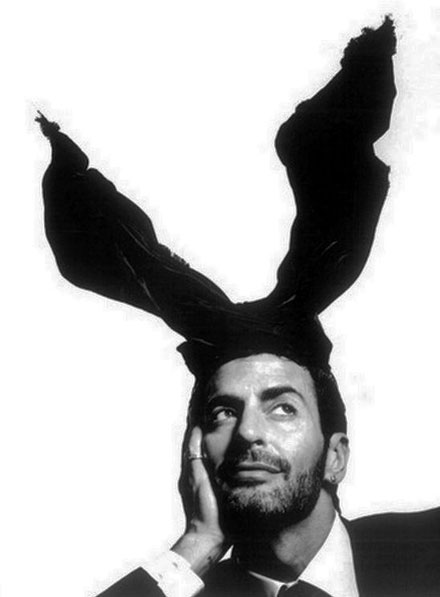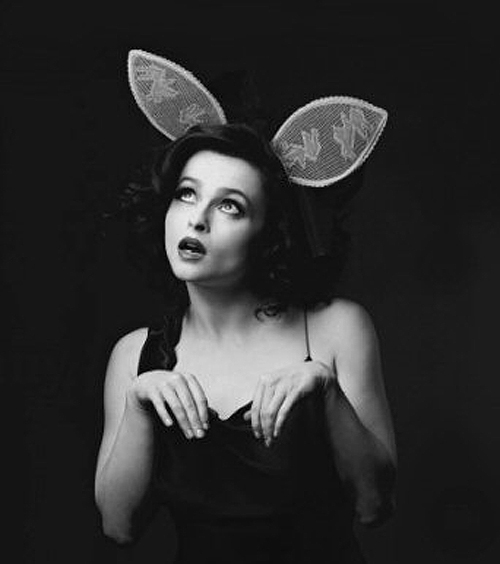During the decade following World War Two, a body of artistic work was created that clearly articulated for the first time, a distinctly American aesthetic, independent of European models. This is not to say that celebrated works like The Great Gatsby, The Sun Also Rises, Appalachian Spring and Roy Harrisʼ Third Symphony are not recognized as American masterpieces; but their American characteristics are expressed through content, rather than form or methods of production. Fitzgerald and Hemingway all furthered their apprenticeship in Europe during the 1920s while Copland and Harris studied in Paris with Boulanger. It remained for the next generation of the avant garde, living for the most part in New York, to create original schools through the modes of Abstract Expressionism, the new chromatic jazz of Be Bop, and the literature of the Beats. The singly most important characteristic of the new American expression was the central role played by spontaneity and improvisation yielding works of astonishing vibrant surface detail.
The emphasis on the spontaneous as an alternative to the careful and rational reflected larger cultural and philosophical issues. In seeking a subjective, existential view of reality, honesty, authenticity, were prized over the objective world view, process over product. Whether expressed in gesture painting, spontaneous bop prosody, or the chromatic flights of bebop, the emphasis was on the experience, rejecting the academic craftsmanship of revision as antithetical to the glorification of the now.This emphasis plus the incorporation of elements from African and Native American sources were interpreted as an attack on the privileged hegemony of the Anglo-American academy. Beat writers were ridiculed by proponents of the New Criticism who vaunted T.S. Eliot as their model. Kerouacʼs spontaneous prose was dismissed as “mere typing” by Truman Capote. While mainstream journals such as Life magazine devoted some attention to abstract art, it was more often of a patronizing nature, referring to Pollock as “Jack the Dripper”. The new jazz faced opposition even within its own ranks, even prompting a revival of New Orleans music, now called “Dixieland”. Louis Armstrong dismissed bop as making about as much sense as “Chinese music”. So with its fusion of modernist complexity with vernacular) or “street”) immediacy the new art represented a third alternative to European elitism and mainstream pop culture. In an even larger context, the avant garde of the late 1940s represented a reaction to Auschwitz, Hiroshima, and the Gulag – the latter having a dampening impact on the leftist Communist idealism of the 30s. Whether implicit in words or explicit in painting and music, the avant garde became a central voice in the new bohemian counterculture criticism of United States political and corporate globalization with its strategy of cold war xenophobia and domestic consumerism. The full effect of this will not be fully realized until the mid 1960s when the civil rights movement and opposition to the war in Viet Nam galvanized many to question the policies of the government.
 Jackson Pollock photographed by Arnold Newman for LIFE Magazine, 1949
Jackson Pollock photographed by Arnold Newman for LIFE Magazine, 1949
 Charlie Parker, at the Carnegie Hall, New York. Photo by William P. Gottlieb, 1947
Charlie Parker, at the Carnegie Hall, New York. Photo by William P. Gottlieb, 1947
 Jack Kerouac in his Long Island home displaying one of the scrolls on which he composed his books, unidentified photographer, 1964.
Jack Kerouac in his Long Island home displaying one of the scrolls on which he composed his books, unidentified photographer, 1964.
Three artists, Jackson Pollock (1912-1956), Charlie Parker (1920-1955), and Jack Kerouac (1922-1969), play a central role in the emerging post war avant garde, each incorporating elements of spontaneity to their arts. The outline of their biographies shows many similarities. Roughly of the same generation, each were born and raised in provincial settings, Pollock in Cody, Wyoming, Parker in Kansas City, Missouri, and Kerouac in Lowell, Massachusetts. Each came from working class blue collar maternally dominated families, with dysfunctional (Pollock and Kerouac) or nonexistent (Parker) relationships with their fathers, Pollock and Kerouac becoming highly misogynistic. Each produced their most important work in New York beginning around 1945, where they all habituated the same Lower East Side and Greenwich Village neighborhoods, often hanging out in the same bars and coffee houses. All three experienced difficult personal lives, cut short from substance abuse resulting in early deaths (Pollock at age 44. Parker at 35, and Kerouac at 47). What is of great interest is the mutual interest and influence among the artistic intelligentsia of the period. Much of Kerouacʼs innovative spontaneous prose sketching achieved most notable in Visions of Cody and The Subterraneans were heavily indebted to his sophisticated knowledge of jazz. Several of the “choruses” in Mexico City Blues are profiles of Parker, Lester Young, and other musicians. Lee Krasner, Pollockʼs wife, has documented the painterʼs interest in jazz as well as classical music. Night Clubs, such as the Five Spot, doubled as jazz venues as well as art galleries.
A Pollock painting illustrates the cover of Ornette Colemanʼs, Free Jazz, released in 1959. Some artists worked in several disciplines, most notable saxophonist Larry Rivers who became a prominent painter, composer-novelist Paul Bowles, pianist-poet Cecil Taylor, and poet-painter-composer Weldon Kees. Poetic recitation with jazz, begun with Kenneth Patchen and Charlie Mingus included performances at the Village Vanguard with Kerouac who recorded with tenor men Zoot Sims and Al Cohn as well as recited on television with Steve Allen backing him up on piano. The image of these performances, with their “beards,bongos and beatniks” became simplistic cultural clichés in the late 1950s. perpetuated by the mainstream media in an attempt to trivialize and ridicule the movement. To reiterate the central thesis of this argument, the main thread that unites this rich period of American creativity is the use of improvisation for the purpose of creating art characterized by great emotional and intense expression.
American Zeitgeist: Spontaneity in the work of Jackson Pollock, Charlie Parker, and Jack Kerouac
Randall Snyder
(Excerpt)








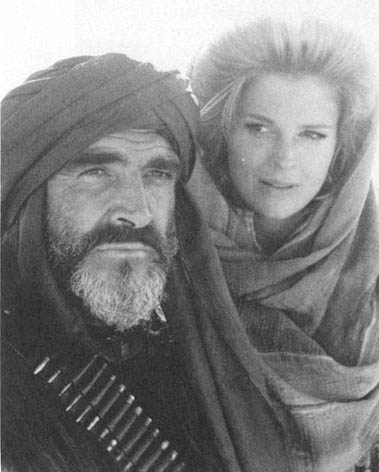










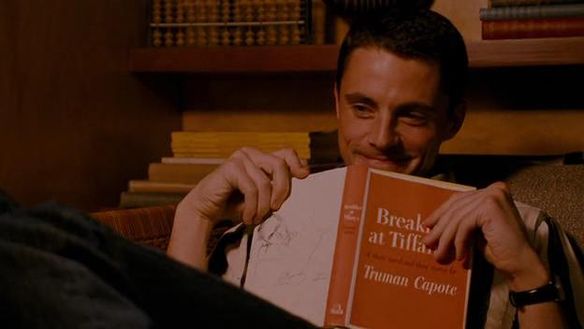






















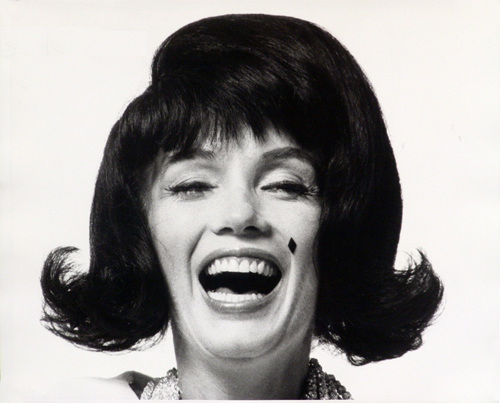















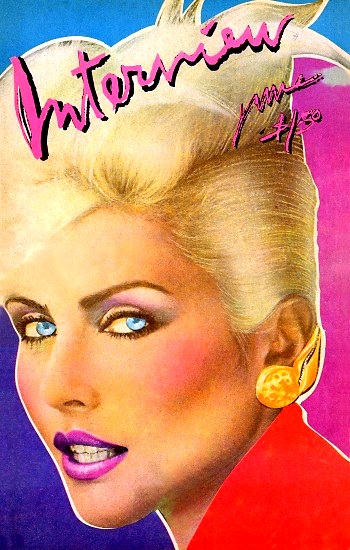


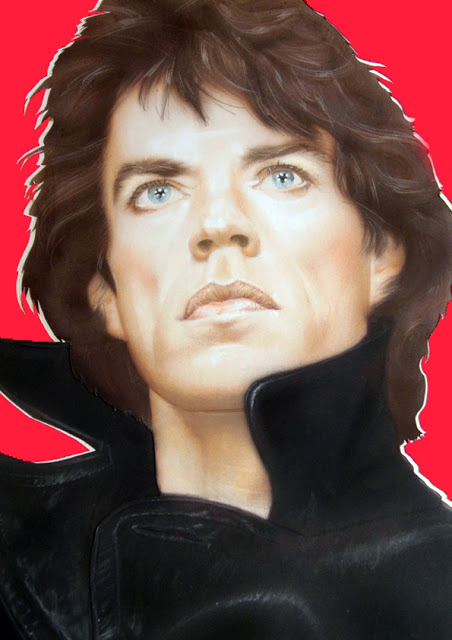










































 Elsa Peretti in a Halston-designed Bunny costume, photographed by Helmut Newton in New York City, 1975
Elsa Peretti in a Halston-designed Bunny costume, photographed by Helmut Newton in New York City, 1975 
 Playboy-inspired logo bathing suit
Playboy-inspired logo bathing suit





